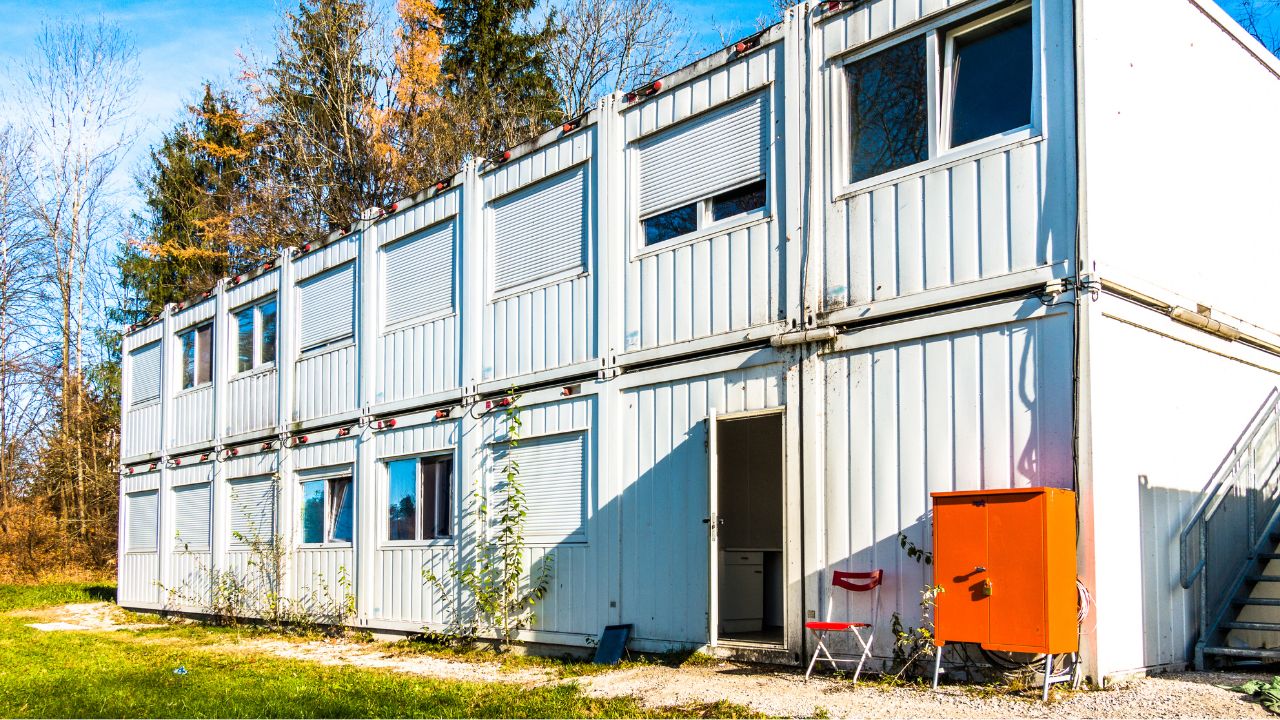Over the last few years, the use of containers to create living and working environments has become a rather popular tendency. This is due to the scarcity of space and property, especially those that are cheap to rent, being way beyond the reach of an average income earner.
Among them are multi-unit container houses, which allow the creation of an innovative, environmentally friendly, and sometimes more economical type of housing.
Nonetheless, when seeking to purchase a container home, one should consider the factors discussed in this blog post. To buy a container house for yourself, visit https://conch-container.com/multi-unit-container-home/.
Points to Ponder When Buying A Multi-Unit Container House
Below are some consideration points to keep in mind when you are deciding on buying a multi-unit container house:
1. Understand Local Building Codes and Zoning Regulations
To avoid so many complications, it is wise to learn the most basic facts before opting for the construction of the container home; this will entail learning what the building code and zoning laws are in the area where one intends to build the container house or in the area where one lives.
Some towns and cities have different regulations regarding container homes, and in some, specific kinds of alterations to the containers may not be allowed. Getting compliance from the start is much easier than arguing with clients, negotiators, or contractors later on.
2. Quality and Condition of Containers
Not all shipping containers are created equal. When selecting containers for your multi-unit house, it's crucial to inspect their quality and condition meticulously. Containers often endure harsh conditions during service life, leading to wear and potential structural damage.
Opting for "one-trip" containers, which have only been used once for shipping, can provide a good balance between cost and condition. Remember, rust, dents, and structural integrity are critical factors affecting the longevity and safety of your container home.
3. Insulation and Climate Control
Managing interior climate control is one of the most challenging aspects of container home living. Metal conducts heat and cold efficiently, which can lead to uncomfortable temperatures inside. Adequate insulation is paramount not just for comfort but also for reducing energy consumption.
Investigate insulation options thoroughly and consider the climate of your intended location. Some insulation materials can also provide additional benefits, such as reducing external noise, which is particularly beneficial in densely populated areas.
4. Space Planning and Design
The inherently narrow shape of shipping containers poses unique challenges for space planning and design. Engage with architects or designers experienced in container homes to maximize the use of space and ensure the layout meets your needs.
Open-concept designs, multi-functional furniture, and the strategic placement of windows and doors can significantly enhance the livability of your multi-unit container house. Additionally, if your plan involves more than one container, consider how units will be stacked or arranged.
5. Quality of Modifications and Workmanship
Many changes need to be made to convert the portable shipping container into a comfortable living quarter. These involve processes such as making windows and doors or putting in insulators, electric wires, pipes for water, and other services, and many others.
The quality of these modifications and the generality of the work done will enhance the final appearance worked on in splendid ways. Research the best contractor/ company with experience and a portfolio of completed projects on container home building.
6. Sustainability and Environmental Impact
One of the appealing aspects of container homes is their potential for sustainability. However, not all container home projects maximize these benefits.
Consider aspects such as the source of your containers, the materials used in modifications, energy efficiency, and water usage. Incorporating renewable energy sources, such as solar panels, can further enhance the eco-friendliness of your multi-unit container house.
7. Financing and Insurance
Securing financing for a container home can be more challenging than a traditional house. Some lenders may be hesitant due to the unconventional nature of container homes.
Similarly, finding suitable insurance coverage requires research, as not all companies offer policies for container homes. Prepare to engage in discussions and potentially provide detailed information about your project's construction and safety features.
Conclusion
Purchase of a multi-unit container house means experiencing new housing possibilities, options that may seem cheaper and stronger. To avoid this, proper attention should be paid to all the above-given points; this will help make the investment sound.
Also, awareness of sustainability aspects, capital, and insurance will create the necessary ground for a more satisfying experience. If proper strategies have been employed, a multi-unit container house is a promising home for years to come.


